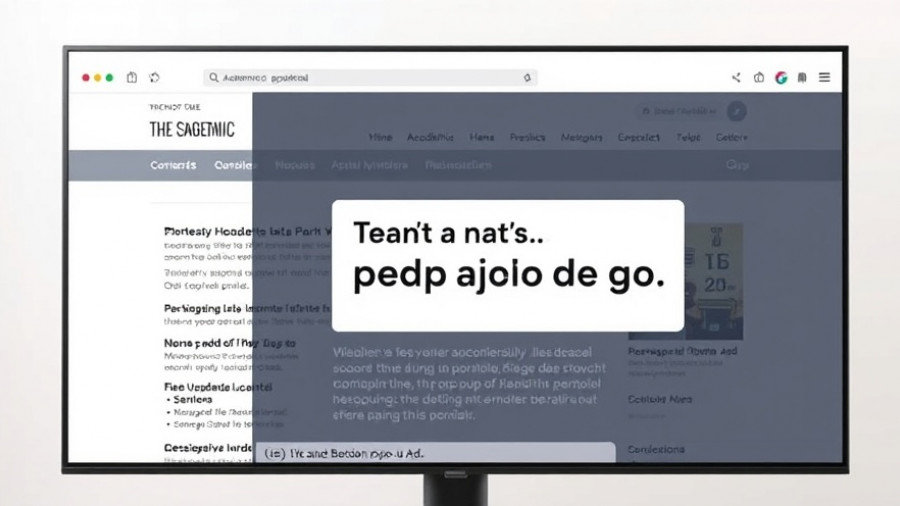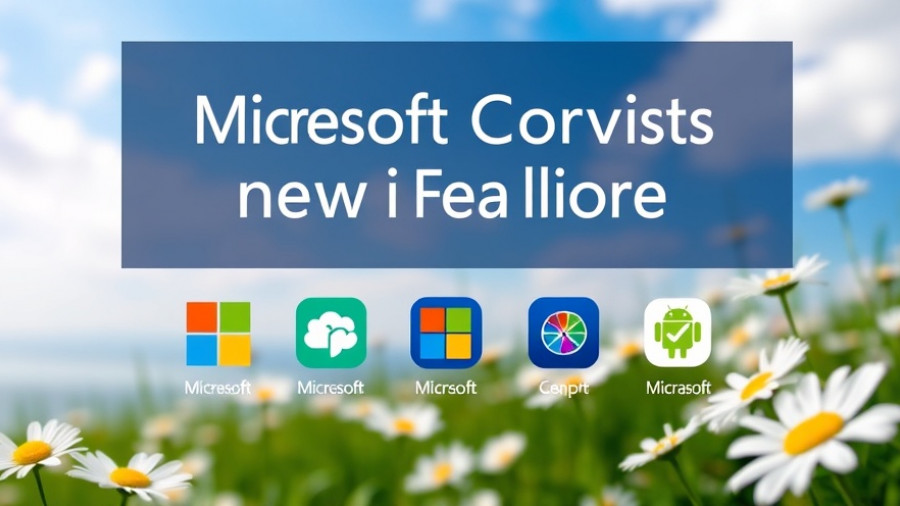
Making AI Human: Microsoft's New Copilot Avatars
As artificial intelligence continues to evolve, Microsoft is stepping into the realm of animated interaction with its latest experimental addition to Copilot: talking avatars. Dubbed Copilot Portraits, this new feature enables users to engage in voice conversations with stylized, animated avatars that bring a semblance of personality to the digital landscape. Currently being tested in the US, UK, and Canada, Microsoft offers 40 distinct avatars, each with its own unique characteristics and accents.
Why Avatars?
With the increasing prevalence of AI in our daily lives, the challenge lies in making these interactions more human-like. Mustafa Suleyman, the CEO of Microsoft AI and co-founder of Google DeepMind, asserts that users often feel more at ease speaking with a visual representation rather than just raw text. “We’ve heard from some users that they’d feel more comfortable talking to a face when using voice,” Suleyman explains. This insight has propelled Microsoft toward an uncharted territory—using animated characters to enhance user experience.
Creepy or Comforting? The User Experience
However, user feedback has revealed a divisive reception. Journalist Avram Piltch's firsthand experience highlights a key concern: while the avatars possess the ability to express emotions and animatedly respond, their lifelike stare can also evoke unease. The avatars greet users by name, which, while intended to create a sense of personalized engagement, can come off as intrusive. Piltch described feeling as though he was being watched, underscoring the fine line between familiarity and discomfort.
Safety and Limitations in Interactions
In response to potential user apprehension, Microsoft has set strict guidelines for this experimental feature. Users must be 18 or older, and interactions are limited to 20 minutes per session, ensuring that users do not engage excessively with their digital companions. The restrictions are not only a protective measure but also a strategic choice to obtain focused feedback on user comfort levels and improve the interaction model.
Technical Framework: VASA-1
At the heart of Copilot Portraits is VASA-1, a cutting-edge AI technology developed by Microsoft Research. This innovative system enables the generation of responsive animations for avatars, creating a seamless chat experience that allows for natural expressions and movements—positioning Microsoft competitively against other players in the AI space like Character.AI and even the recently unveiled Grok avatars.
Looking Ahead: The Future of AI Interaction
Microsoft's cautious rollout of Copilot Portraits serves as a blueprint for the advancement of voice interactions in AI. By prioritizing user feedback and comfort, Microsoft aims to create a product that not only meets practical needs but builds a relationship with its users. The increasing demand for personalized AI companions hints at a future where technology progresses beyond functionality to foster emotionally engaging experiences.
Conclusion: Embracing the Future
As advances in technology continue to emerge, the push to create more human-like interactions via AI will likely intensify. Copilot Portraits may be just the beginning of long-term innovations aimed at making these digital conversations feel genuine and accessible. Keep an eye on how this experimental feature evolves and what it might mean for the broader landscape of AI.
 Add Row
Add Row  Add
Add 




Write A Comment